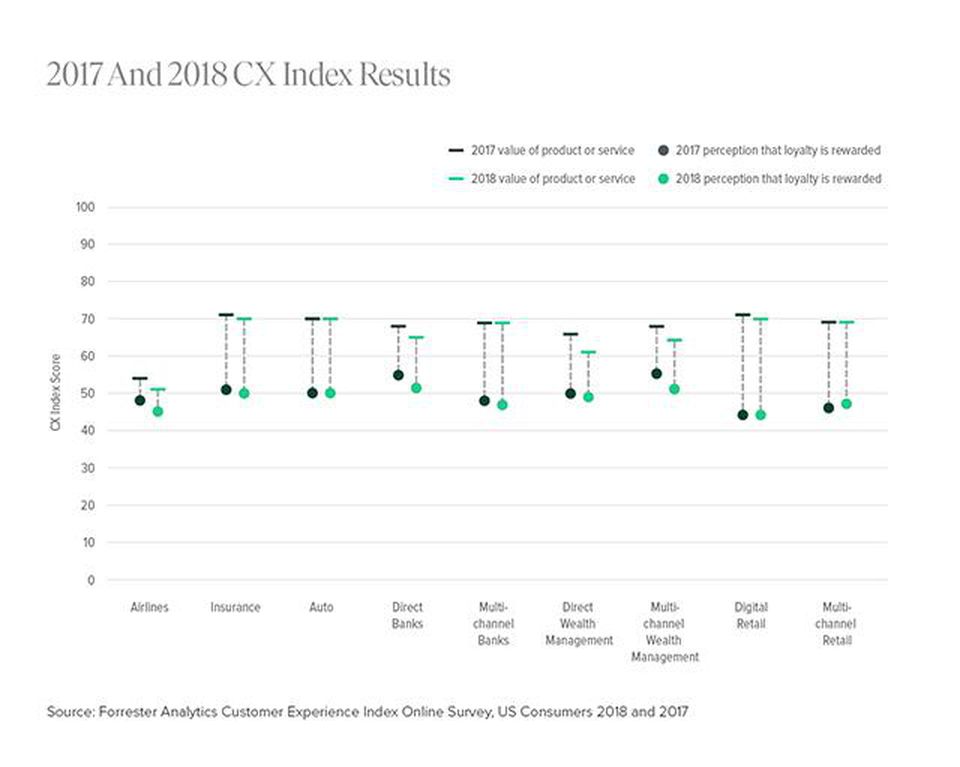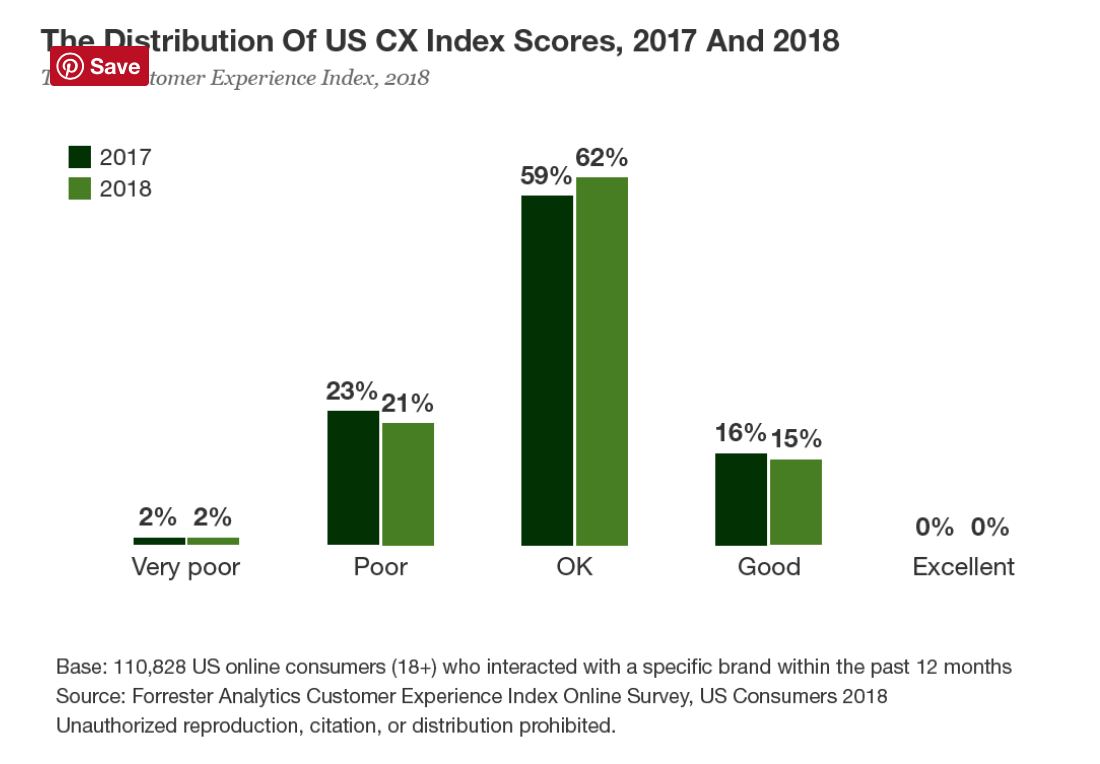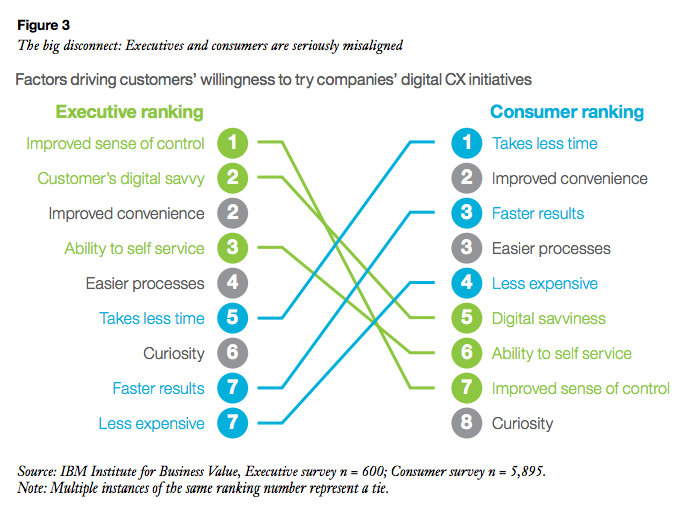I had a wonderful time in October participating as ICMI’s first guest on it’s new show, First Friday Fireside Chat. You guessed it – the show is on the first Friday of each month on Facebook. The show covers all things customer service and beyond. We talked about customer experience (CX).
I was asked about my biggest pet peeve.
For me, it is brand self-entitlement.
What is Brand Self-Entitlement?
Let me tee this up with a classic example.
A brand wooes you through promises of solving your problem. It tells you all the things you want to hear, usually playing on your emotions, doing whatever it can to earn your trust. You believe said brand and sign on the dotted line. The relationship is going well to start.
Then, the brand starts taking advantage of you, changing the original terms of the agreement, what you’re paying for inches up and what you’re receiving in return inches down. In addition, service starts waning. The frequency of service requests starts increasing. You might find that you ask for something to be fixed and assume it is resolved only to discover that it is an issue a few months down the road. In essence, you’re taking two steps forward and one step back. Sometimes you find that instead of interacting with the brand, you take care of the issue yourself or you determine the issue is so minor it’s not worth inquiring about so it’s left unresolved.
At this point, trust is deterioriating.
When you do call the brand out for lack of service, you are typically hit with the classic “perhaps we should evaluate the relationship, and maybe we shouldn’t do business together”.
I see a lot of this happen in product or service-centric environments. Getting the initial sale and recurring revenue are key. Yet, the brand feels getting another customer is more important than continuing to build relationships to keep earning trust and a customer’s business.
Yet, I see some customers sticking with the brand. I equate this to being a 6 or 7 on the NPS scale. We’re not thrilled with the brand, but we’ll remain with the brand for now. Why? Because it might be less effort to stay than to switch brands, the customer might personally like the brand and overlook service issues, the pro’s of doing business with the brand slightly exceed the con’s, etc.
I define brand self-entitlement as the point when a brand feels it deserves your business but it doesn’t feel it needs to earn it.
Gladly published its 2018 Customer Service Expectations Survey with some very interesting insights. The one that stood out for me was that only 73% of customers will stay after one bad experience, and 8% are still sticking around after three bad service experiences.
Some customers do stick around.
So, what happens is this type of brand either thinks “no one has complained, so all good”. Or they think “at least I still have customers, all good”.
When you operate in a product-centric environment, you’re in react mode. You’re usually playing catchup. You get yourself in a loop that you always have to make up for the customers who churn. These brands have difficulty growing.
Not taking the pulse of your employees or customers and acting on the identified insights sets companies up for a bunch of false positives that usually result in the death of the company, by acquisition or going out of business. I still scratch my head on why the focus continues on acquisition and not a similar focus is placed on retention, loyalty, and advocacy.
So, is it brand arrogance or complacency?
Either way, it’s a dangerous position for brands to be in. Yet, I see it happen a lot and it seems to be getting worse these days.
The impact to CX
This waning customer trust has bled into CX.
Forrester seems to agree. Its CX Index has been showing customer experience has been stagnating for the last three years. Loyalty and customer trust are at all-time lows, while customer expectations continue to rise.
Take a look at these charts:

When customer trust wanes, so does loyalty.

While the poor and good columns slipped, there was improvement in the ok colum for brands. Unfortunately, there was not improvement in the excellent column. Because any changes cancelled each other out, the result was stagnation.
As Rick Parrish of Forrester notes, there are no real CX leaders. As a result, we’re left with four types of brands:
- Languishers: Brands that rose high and then stalled. These relatively high-scoring brands have remained stuck, without a statistically significant score change, for at least two years. Overall, 10% of brands in the entire US CX Index are languishers.
- Lapsers: Brands that rose and then fell back. Lapsers’ CX Index performance has declined for one or two years. Across the entire US CX Index, 20% of brands are lapsers.
- Locksteppers: Brands that move up and down with the pack. Even when these brands improve, they fail to differentiate themselves because the quality of their CX remains roughly on par with that of their competitors. A full 48% of CX Index brands are locksteppers.
- Laggards: Brands that have stayed at or near the bottom. Although some laggards have improved the quality of their CX, their scores remain consistently at the low end of the rankings. Overall, 23% of CX Index brands are laggards.
It’s sad to see so few brands differentiating themselves in a positive way on customer experience when so many of them have cited customer experience as a top priority.
This graph that I’ve shared before says it all:

There still appears to be misalignment between what corporate executives view as important to customers and what customers view are important to them. Until brands listen to and act on customer feedback, nothing will change. Brands will continue to fall short on achieving customers’ business outcomes.
Which brings us to 2019.
If we continue on this path, two things will happen, according to Harley Manning, Vice President and Research Director at Forrester:
“Up to 20% of companies will throw in the towel and give up trying to differentiate on the basis of CX. Instead, they will just try to not get worse and resort to price cuts to grow. Companies that engage in price wars may reap short-term gains as they race to the bottom. When these firms have cut prices as much as possible, however, they’ll find that they’re still locked in long-term competition for CX-fueled customer loyalty — and that price cuts have distracted them from vital CX efforts and bled away the resources they need to improve…For those who fail to make the critical connection to business outcomes, though, the risk of the CEO pivoting away from CX this year is very real.”
What can brands do now?
The most important thing a brand can do is transition from a product-centric to a customer-centric model.
Many product-centric brands tend to use the 4 P’s of marketing – everything circulates around developing, pricing, placing, and promoting the product. The result is that siloes form and departments compete against each other for the customer. Ironically, the customer’s experience is so poor that they leave to go elsewhere. In effect, noone wins.
But what if there were small shifts in the 4P’s?
What if instead of a product-focus, you focused on solving a buyer’s problem?
Being customer-centric means having a customer-first mindset and putting them at the center of your operations. Know your customer. Ask them about their pains, likes/dislikes, needs, motivators, and preferences. Only by knowing their needs and what it takes for them to be successful will you be able to help them solve their problem. Being customer-centric enables you to ensure that employees, processes, and solutions are aligned to meet the customers’ needs and expectations.
What if you focused on value over price?
Customers care about value over product and price. They don’t buy products, they buy value. They buy the benefit(s) your solution provides. Knowing their needs and what they value will help you provide solutions that will help your customers be successful.
What if you focused on access over place?
Not so long ago, customers were at the mercy of the brand and had to go where the brand was to find out about it and access its products. Now, we are in the age of the customer, where the customer controls the brand. To win the customer, you need to be where the customer is, whether that is at the store, online, mobile, email or other channel. Knowing where the customer is at is to know their preferences. Today customers want access where they want it, and when they want it. Brands who can do this, win.
What if you focused on education over promotion?
Being customer-centric means focusing on what customers want. And, they want to be educated to make informed decisions. They don’t want to be marketed to.
Knowing customers’ needs and what they need at each point of their journey will help you nurture relationships. Enter content. Having a solid content strategy can provide value, and build trust and loyalty. Content that is educational and informative establishes you as an expert and trustworthy source. And, trust drives loyalty.
Today’s customer calls the shots. Taking a customer-first approach to embrace them and their needs will help you steer clear of having a brand self-entitlement problem and put you on a solid path to profitability and growth.


No comments yet.